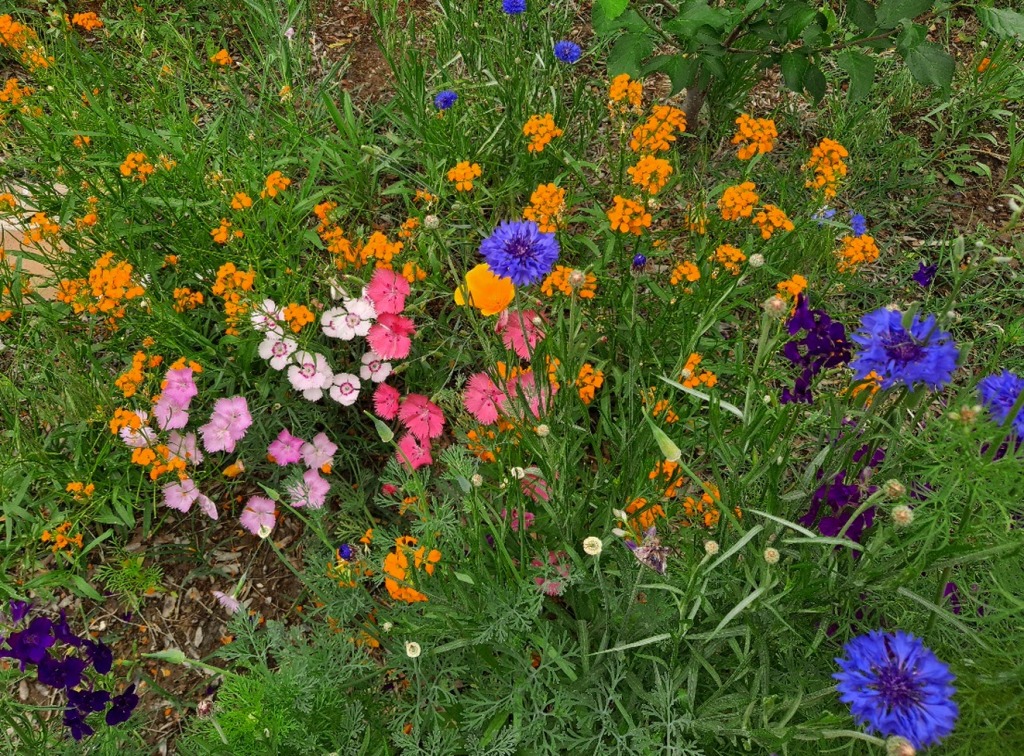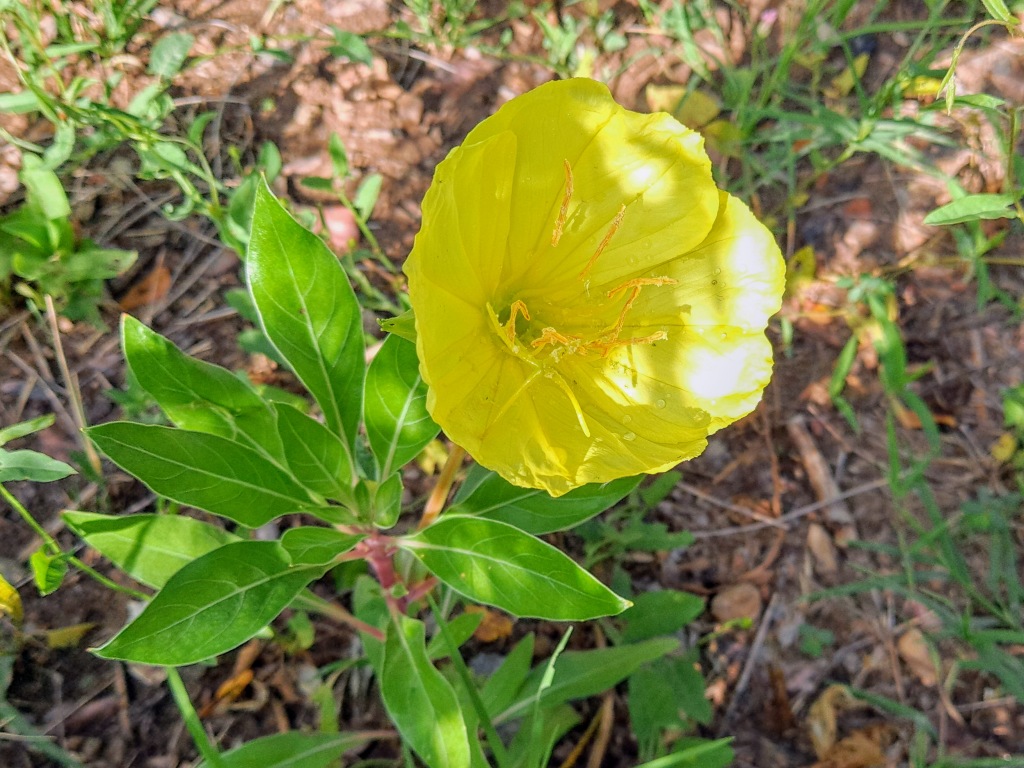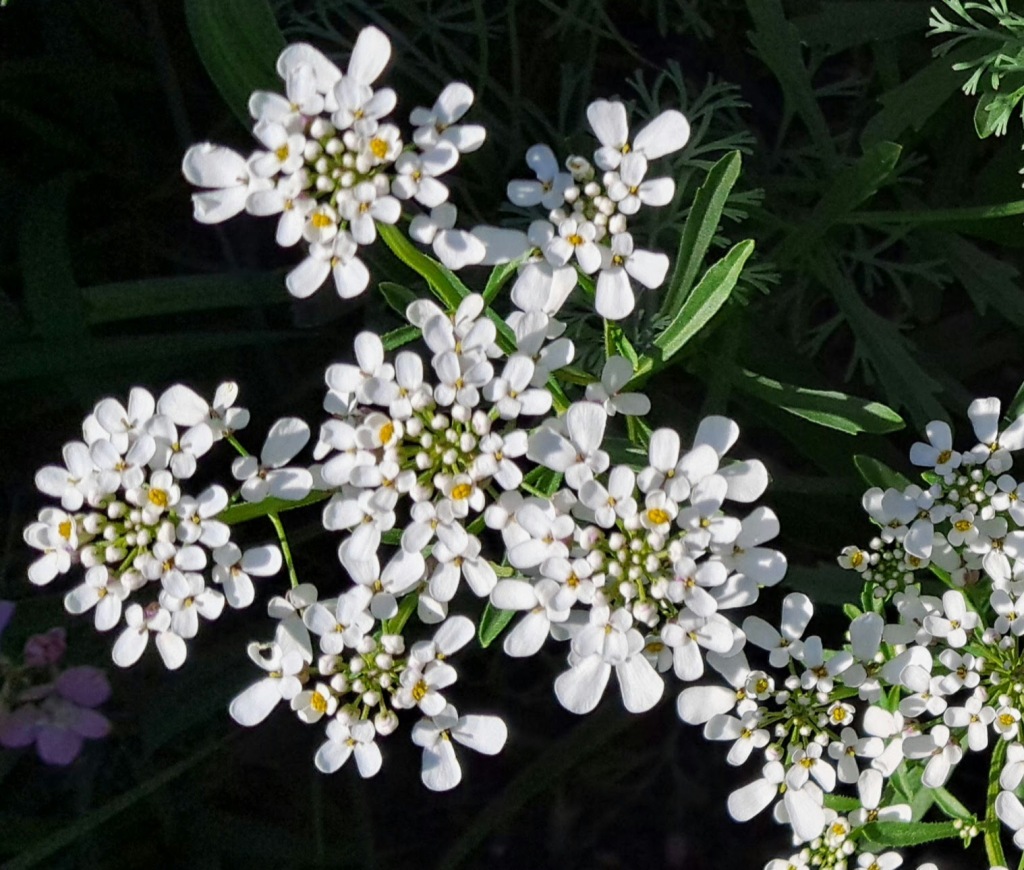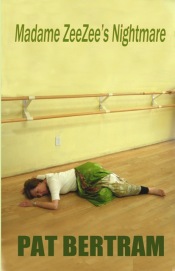I’m not having all that much fun with gardening this year, at least not so far. It’s too muggy, too buggy, too . . . everything. Normally, this is the sort of spring I like — cool, occasional rain, cloudy days — but this year, because of the rain, the gardening work is overwhelming. Plants that are used to hotter, drier days, are growing out of control. Weeds are growing thickly. And mosquitoes are voracious.
This is the first year that my mosquito repellent clothes aren’t working. I decided to make use of this cool, fairly dry day to work outside, and now I’m covered in mosquito bites in places that are normally covered by those clothes.
Well, now you get a hint of why I haven’t been keeping up with this blog. I don’t like to make a habit of complaining, and I’ve been having a hard time finding delight in much of anything. I have a hunch I have a touch of Seasonal Affective Disorder. I usually have to deal with S.A.D. in winter; having to cope with it in a spring is a first for me, but also understandable. With storms passing us by so frequently (even if we don’t get rain, we still get the clouds), the days are darker than are healthy for my mental state.
There is a change coming — after all, summer will be here in six days, and it won’t be long before I’m complaining about the heat. Also, the larkspur are finally going to seed, so I’ll be able to pull them up to expose the plants — both ornamental and weedy — that have been hidden thus far. It should help me feel less claustrophobic. Although I normally enjoy the larkspur, they grew so densely and so tall they formed an intimidating wall along my pathways.
One thing that has pleased me is that my wildflower garden is really taking off. Some of the perennials that never came up finally did, and many of the annuals seeded themselves and are filling in the area with color.
I also found an unusual stray, this dwarf evening primrose.
It was in the batch of wildflowers I planted a couple of years ago, but this is the first one I ever saw.
And then there was this unusual plant that popped up in one of my garden areas.
It took a long time to trace it — most plant identifier apps didn’t know what it was. But I think I finally discovered its name: bitter candytuft. It’s from the mustard family, which makes sense — all the wild mustard weeds seem to like it in this area.
As it turns out, it’s a good thing I got some work done earlier — I can hear the thunder of an approaching rainstorm, and the morning is growing darker. Yep. S.A.D. times.
***
Pat Bertram is the author of Grief: The Inside Story – A Guide to Surviving the Loss of a Loved One. “Grief: The Inside Story is perfect and that is not hyperbole! It is exactly what folk who are grieving need to read.” –Leesa Healy, RN, GDAS GDAT, Emotional/Mental Health Therapist & Educator.


































